 Donate Now
Donate Now
In partnership with the local Church, Okoa Refuge exists to glorify Christ through stabilizing the family unit and transforming entire communities.
Donate NowOne issue that lies heavily on our hearts here at Okoa Refuge is human trafficking in Africa. Unfortunately, Africa and the areas we serve are hot spots for the trafficking of men, women, and children. The first line of defense against this problem is education. We cannot properly fight without being equipped with accurate information and knowledge on the issue. While this topic is heavy and often dark, if you want to help join in the fight in freeing God’s children from modern-day slavery, take a moment to learn more about how the people of Africa are impacted by human trafficking.
We can break down human trafficking into three categories: sex trafficking, forced labor, and debt bondage. Sex trafficking is the most common form of human trafficking, accounting for nearly 80% of all trafficking cases around the world. In Africa specifically, forced marriage is also a large contributor to human sex trafficking and child exploitation, as many of the victims of forced marriage are children. One study found that about 4.8 people in a population of 1,000 will be forced into a marriage in Africa.
Forced labor and debt bondage both fall under a similar umbrella of physical labor. Forced labor is another term used to describe involuntary servitude or a form of modern-day slavery. Debt bondage is similar to forced labor; however, it occurs as a way to “pay off debt” to the trafficker. In most cases, the victim is promised a stable job abroad to pay off their loan, but they are then tricked and stripped of their identification documents, such as passports, until the debt is paid. The debt continues to grow despite the victim’s labor, keeping the victim trapped in the cycle of trafficking. Debt bondage accounts for over half of all physical labor exploitation and trafficking cases in Africa.
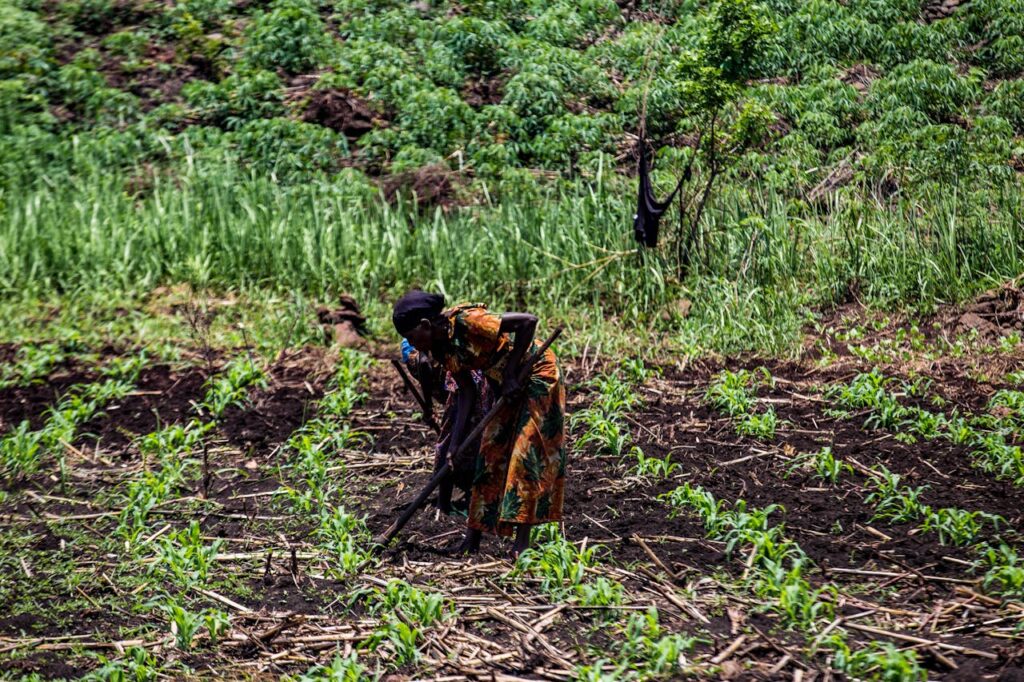
Anyone can fall victim to human trafficking: man, woman, or child. Globally, 27% of victims are children—66% of which are young girls—and children are more likely to be forced into physical labor exploitation than sexual trafficking, though child sex trafficking does occur and is a serious problem.
While men and boys are victims of human trafficking, women and girls are disproportionately impacted, making up about 70% of all victims. Women and girls are also most likely to be victims of forced marriages, human sex trafficking, and sexual exploitation.
Many times, human trafficking is the result of financial need, especially in the case of debt bondage—this means those in poverty or in a desperate financial situation are at high risk of human trafficking. Over half of human trafficking victims were in financial need before they were trafficked. Human traffickers take advantage of someone in vulnerable situations and promise them money when they mean to use them for their own gain.
With these human trafficking statistics in mind, we know that the most at-risk groups for human trafficking are women and young girls in poverty. However, anyone in a desperate or vulnerable situation is at risk, and we must remain diligent to see the signs and provide resources to those who need our help the most.
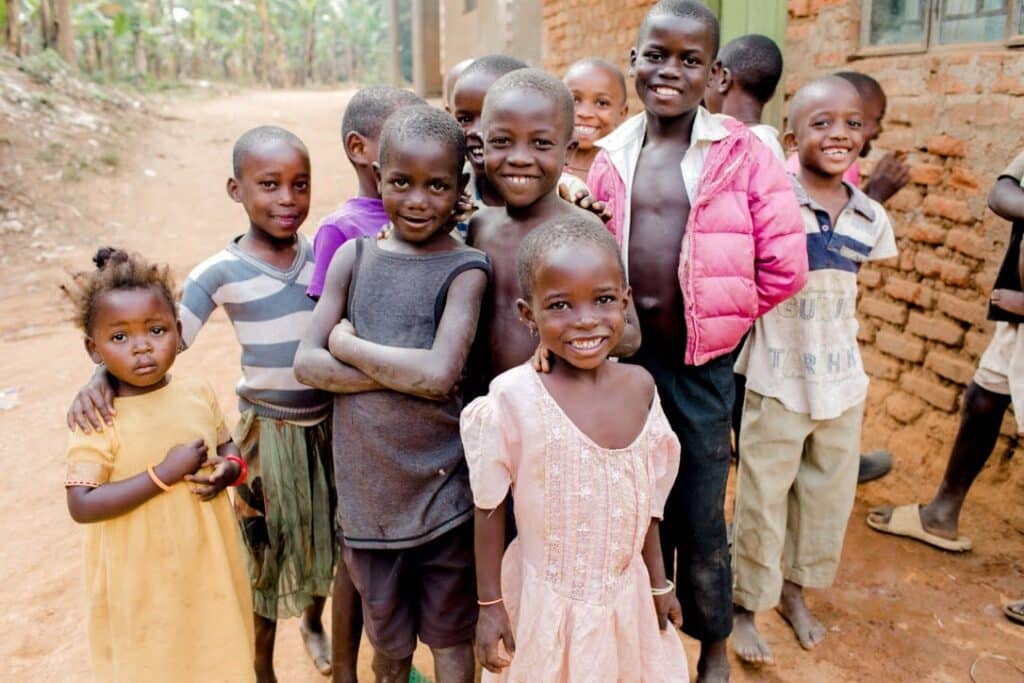
From the Global Slavery Index, we know that Africa makes up 14% of human trafficking worldwide. In other words, about 7 million people in Africa are victims of modern-day slavery—both physical and sexual exploitation. This means Africa is the second highest region for human trafficking—Asia and the Pacific have the highest rate of human trafficking.
According to the United Nations, much of our information for human trafficking in Africa statistics comes from West Africa. In one report, it was found as many as 3 in every 4 victims of human trafficking in West Africa were children—making child exploitation in Africa a serious and rampant issue.
As mentioned earlier, human trafficking victims are often in vulnerable positions that traffickers take advantage of and give them false promises of getting out of a hard situation. Unfortunately, there are many families and people living in poverty in Africa, which puts them at risk of human trafficking. According to the book Modern Slavery and Human Trafficking, factors such as “high levels of unemployment, poverty, hunger, corruption, political and economic instabilities” are just a few of the causes of human trafficking in Africa. If we want to make an impact against human trafficking, we need to address these issues directly. By providing education, jobs, and food, we can help families and individuals avoid situations where a trafficker may attempt to take advantage of their desperation.
There are several myths surrounding human trafficking in general and especially how it takes place in Africa. While some of the myths may sound well-intentioned, we only hurt the victims by trying to act on knowledge that is inaccurate. Some of the most common myths include:
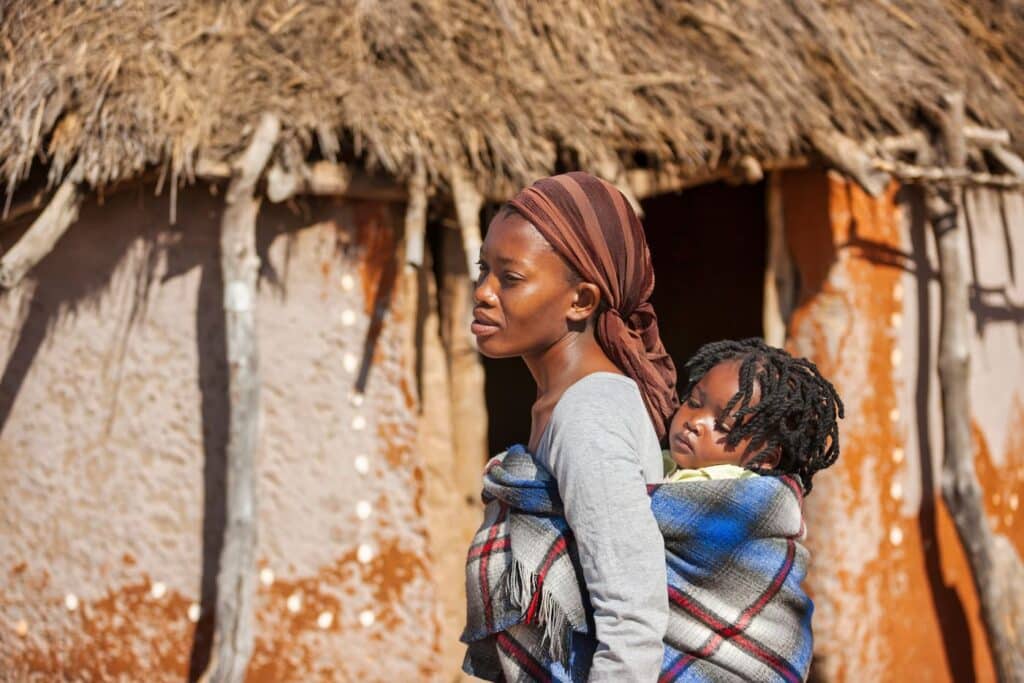
We know this information can feel overwhelming and daunting. Human trafficking is a sad issue that continues to face our world and the people of Africa—but there is hope. Through Christ, we know He can break every chain and set the captives free. Our work at Okoa Refuge seeks to do exactly that in the name of Jesus. Our monthly sponsors help us rescue at-risk children, provide job education to communities, and build shelters for survivors to heal. Learn how you can join in the fight against human trafficking in Africa and how you can truly make an impact on the lives of survivors through radical love and redemption.